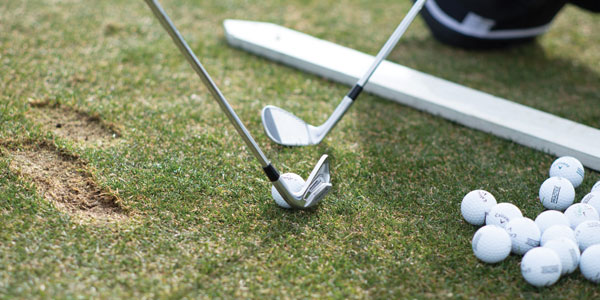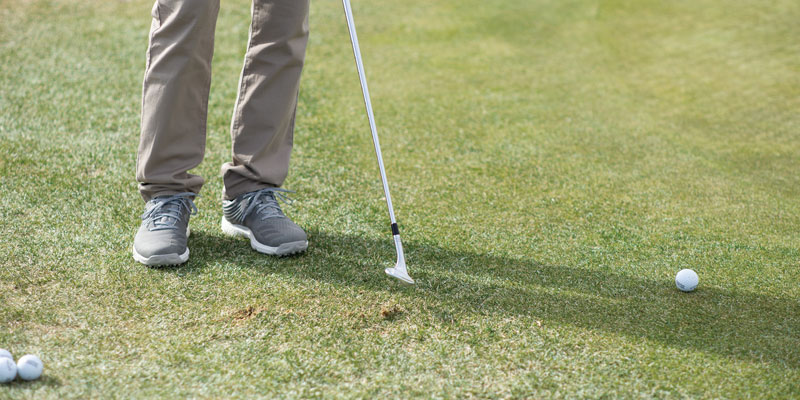Practicing resilience separates the great golfers from the not-so-great.
By Trent Wearner, Photography by EJ Carr
NO SPORT TAKES you, in practice, further away from what is experienced in a real game than golf. Practice in other sports prepares for different scenarios and situations. Not golf.
Consider this. Most people would love to have a swing like Justin Rose or Adam Scott. But out of 215 tour pros, they’re in the middle of the pack when it comes to hitting fairways and greens in regulation. Even with their perfect swings, they only average 8.5 fairways and just under 12 greens in regulation between them.
The endless pursuit of a mechanically “perfect” golf swing leads many people away from the elements of the game that will assist in lowering their score.
The difference is that they practice the other things—intangibles that truly make up the heart of golfer. How you incorporate these intangibles into your practice will either make or break your ability to play better golf. Chief among those are tenacity and resilience— traits that allow a golfer to deal with the misses even the best players regularly have.
People talk about the importance of getting over bad shots, but no one practices it, which makes it nearly impossible to have a great attitude or reaction when one occurs on the course.

But how do you practice tenacity and resilience? Consequences.
Practice with a Purpose
Many things make up a well-rounded golfer, but if you better prepare yourself mentally in practice then you will be better prepared for all the challenges on the course.
- Divide your practice in ways that help you to transfer your game to the course with more success.
- Practice your routine and your commitment to the shot.
- Practice under pressure and with score involved.
- Practice alternating clubs and targets with every shot hit on the range.
- Work on aiming and committing to a target slightly right or left of the flag on the range because you’ll be needing to aim right or left of the flag with most of your shots on the course.
- Above all, work on your resilience and reactions to poor shots by “dealing with it” mentally and physically.
Face the Consequences
On the Range

Say you’re working on something with your 7-iron. When you hit a shot that would have missed the green, instead of raking over another ball and hoping that something better appears on the next ball, grab a wedge and hit a pitch shot to a target that is close to you. This process will help you deal with the consequences of that poor 7-iron by hitting a great wedge shot. After the wedge shot then go back to your 7-iron. Repeat this process for any shot on the range that isn’t spectacular.
Around the Green
If you flub a chip, where the ball barely gets onto the green, instead of chipping a “better” one, grab your putter and go deal with it by putting out. Develop the willpower to dismiss the poor chip and get into your routine on the putt.
This article appeared in the May 2019 Issue of Colorado AvidGolfer.

